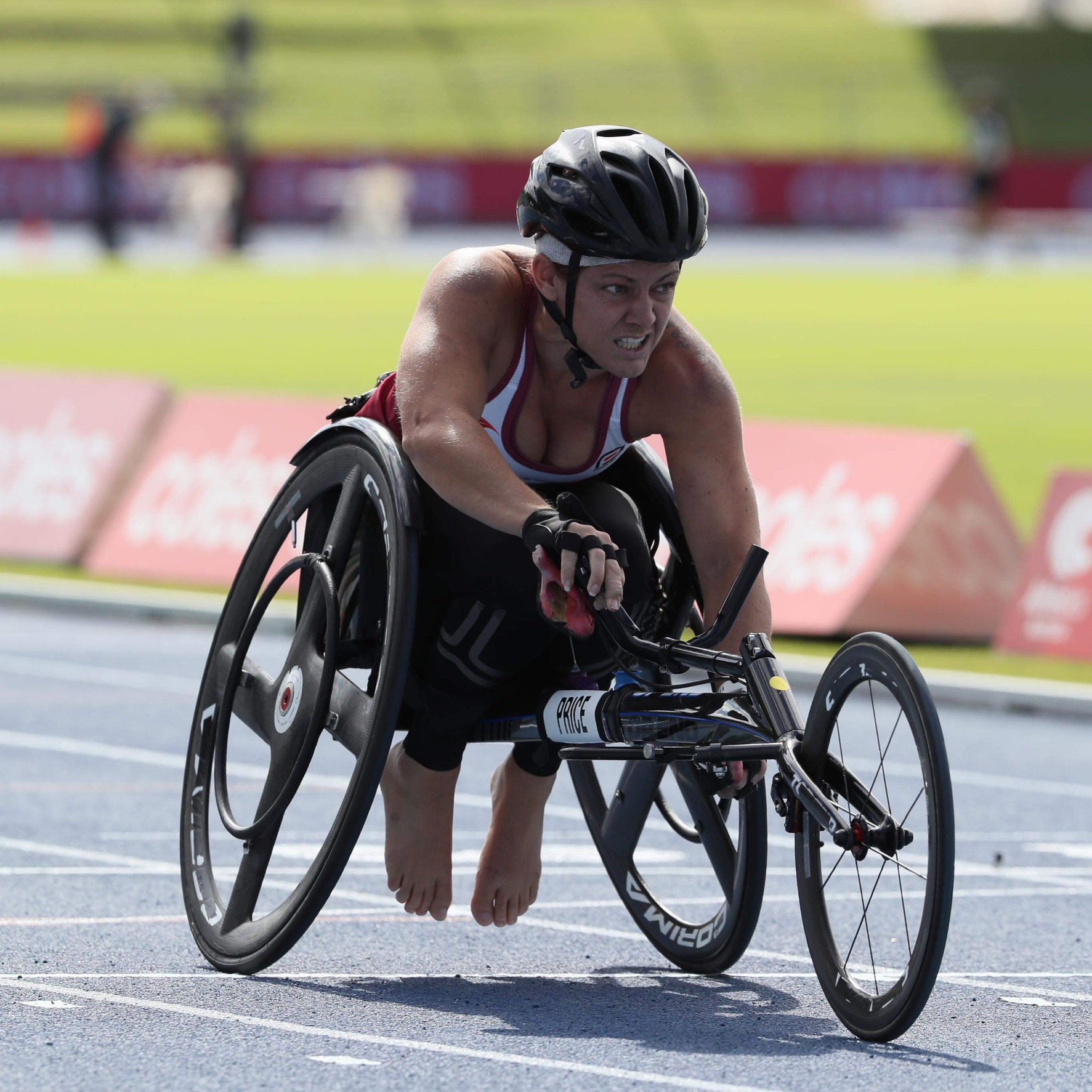Living with severe asthma
Rachel Murray has seen many advances in asthma treatment over the years, but her biggest hope is that people will understand how serious the condition is. She shares her story with This Is MedTech on World Asthma Day.
“I’d always had chest issues and infections as a child, but no diagnosis,” Rachel says. “But when I was around 13 or 14, I started kickboxing and had my first asthma attack. After that, I had attacks, but the asthma was mild. I was able to manage it with a preventer inhaler and I was content. It wasn’t really affecting my life at that point.”
Asthma is a lung condition that affects millions of people around the world. It happens when the breathing tubes that carry air in and out of your lungs become inflamed, which makes them temporarily narrow.
Most people can manage their symptoms – wheezing, coughing, tight chest, breathlessness – with medical technology called an inhaler (puffer) that delivers a dose of medicine through a spray via your mouth into your lungs. The medicine relaxes the muscles of your airways, which makes it easier to breathe.
A preventer inhaler is used daily to prevent an asthma attack from happening and a reliever inhaler is used when people need to quickly relieve their symptoms.
Unfortunately, Rachel’s condition deteriorated and she became severely asthmatic after having surgery for an unrelated heart condition when she was 20. “Since then, I’ve had at least one hospitalisation and sometimes two or three per year with long recovery times where I’ve been bed bound,” she notes.
“I’ve had numerous infections that have impacted my asthma. In 2013 I had double pneumonia where breathing was extremely painful and I was coughing up blood. I was in hospital for two weeks and recovery was tough. That was worse than having heart surgery.”
While most people with asthma can live a normal life with the support of their inhalers, people like Rachel who have severe asthma need additional treatments to control their symptoms and reduce asthma attacks. “In addition to my inhalers, I use a nebuliser to deliver other medicines,” she says.
A nebuliser is a medical device that turns liquid medicine into a fine mist. You then breathe in the mist through a mask or mouthpiece. “It’s usually used in emergency situations in hospital, but because my asthma is severe, it’s part of my daily regimen,” Rachel explains.
Rachel is extremely grateful for the medical technology and treatments that have kept her alive since she was a teenager. But she’s also calling for more research into asthma therapies and additional mental health support for asthma patients.
She’s become a passionate patient advocate in hopes to raise awareness about asthma and support others. “I don’t think people understand how serious asthma is and how life-threatening it can be for some people,” she says.
She’s well aware of the mental health toll that living with severe asthma can take and wants other patients to know they’re not alone. “It’s very isolating. Don’t be afraid to reach out and talk. Family and friends are great, but online communities can also be extremely helpful. Even talking to one other person can make a difference.”






